In 2018, The United Nations estimated 55% of the world’s population lived in urban areas. The pros and cons of urban living can be discussed, but one fact about city living is indisputable. Cities have an abundance of light pollution that prevents the casual and avid star-gazer alike from enjoying a deep and enriching experience when they gaze up at the night sky. Luckily, there’s an organization that protects the night from the negative aspects of artificial lighting.
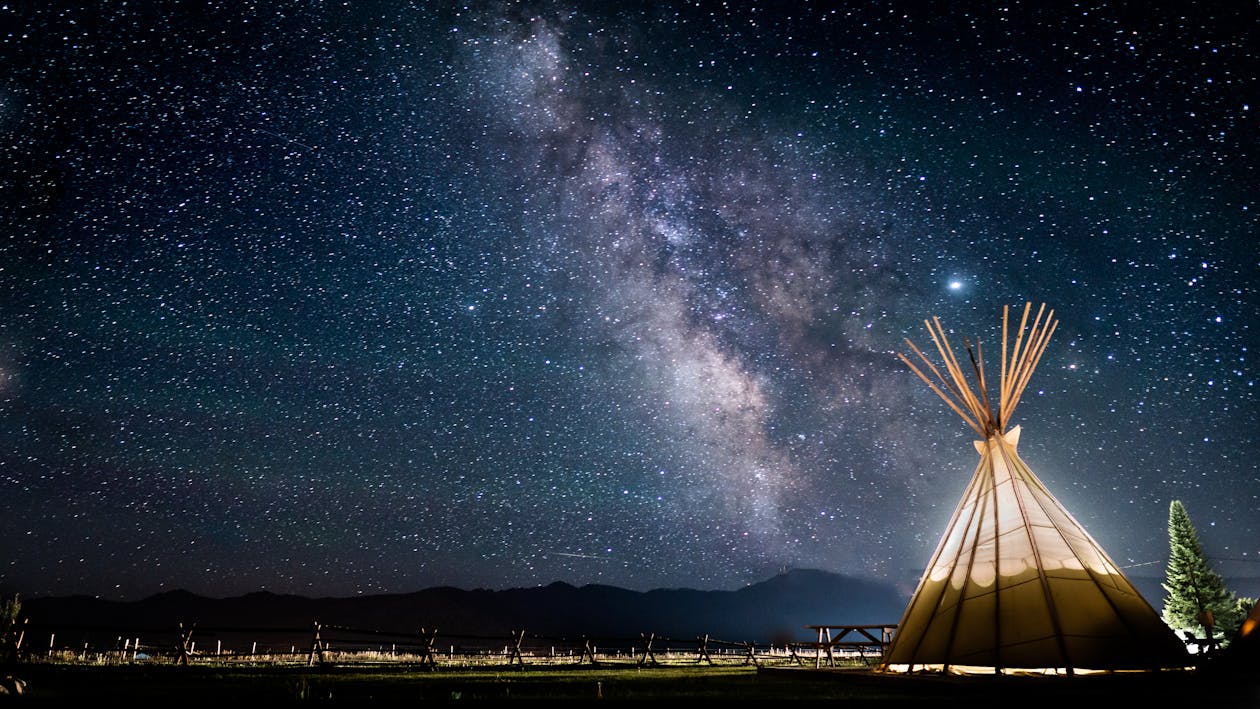
Darksky International is dedicated to protecting communities from the harmful effects of light pollution through outreach, advocacy and conservation. Their efforts extend beyond a concern for stargazing, as light pollution disrupts wildlife, impacts human health and contributes to climate change.
The International Dark Sky Places program works with communities and government agencies to certify and protect dark places for humans and wildlife alike. They have a five-tier ranking system that certifies everything from “Places” near urban environments to exceptionally well-protected public or private land “Sanctuaries.” In total, there are over 160,000 square kilometers of protected land and night skies in 22 countries on 6 continents. Here are six standout locations – each on a different continent – you may consider venturing to.
![]() to get Pinpoint Where
to get Pinpoint Where Download it from the iOS App Store
Lake Powell, Utah and Arizona, USA 🇺🇸
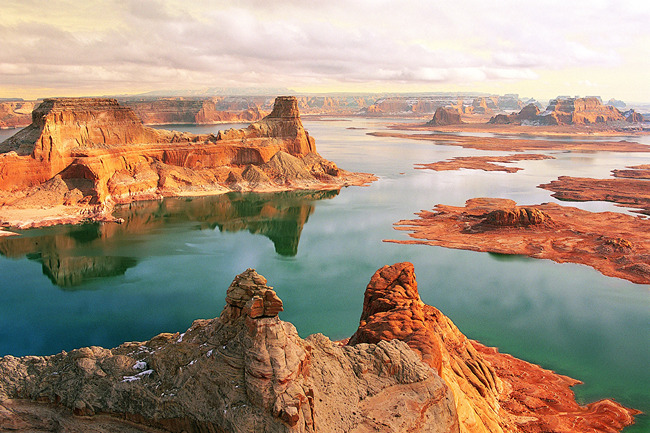
Surrounded by natural wonders, including world-famous hiking destinations like Horseshoe Bend and Rainbow Bridge National Monument, Under Canvas Lake Powell – Grand Staircase provides a truly immersive experience. By day, explore the breathtaking landscapes and, by night, indulge in the celestial splendor above.
As the first and only current DarkSky Approved Lodging location, Grand Staircase’s commitment to preserving the natural beauty of the night sky extends far beyond its DarkSky certification. If you’re lucky enough to visit, be sure to book the Stargazer Tent so you’ll be able to peer up at the night through a viewing window above a king size bed.
Namib Desert, Namibia, Africa 🇳🇦
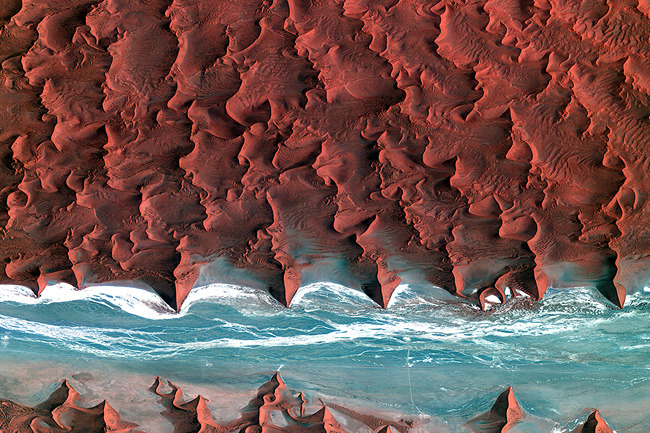
Namibia may be known for its otherworldly landscapes and luxury lodges, but there’s one location that stands out to the naked eye astronomer. The NamibRand Nature Reserve, nestled in the southwestern expanse of the Namib Desert, is a vast private reserve and one of Africa’s largest. Far from the encroaching glow of urban centers, NamibRand is unique as one of the naturally darkest, yet accessible, places on Earth.
Visitors to the Namib Desert Environmental Education Trust can learn about sustainable living through efficient energy usage, water conservation and recycling as well as enjoying a view of the night sky. This unique facility offers immersive programs that educate visitors on the wonders of the Earth and sky, fostering a deeper connection with the natural world.
City of Alofi, Niue 🇳🇺

About the size of the city of Edinburgh and with a residential population of 2,000, the island nation of Niue is part of the Realm of New Zealand. Nestled alone in the Pacific Ocean just East of the International Date Line, it is also the world’s smallest self-governing microstate by population. So it’s no wonder the entire country has the distinction of being the first country in the world to ever be certified as a Dark Sky Country.
There’s no need to travel to a remote location for a view of the stars in Niue. From the capital city of Alofi, the Milky Way galaxy and both her sister galaxies, the Large and Small Magellanic Clouds, can be spotted. For keen observers, the Andromeda constellation – one of the most distant objects visible to the naked eye – is also within view. For generations, the Niuean people have navigated by the stars, their lives regulated by lunar cycles and the positions of celestial bodies.
Rio de Janeiro, Brazil 🇧🇷
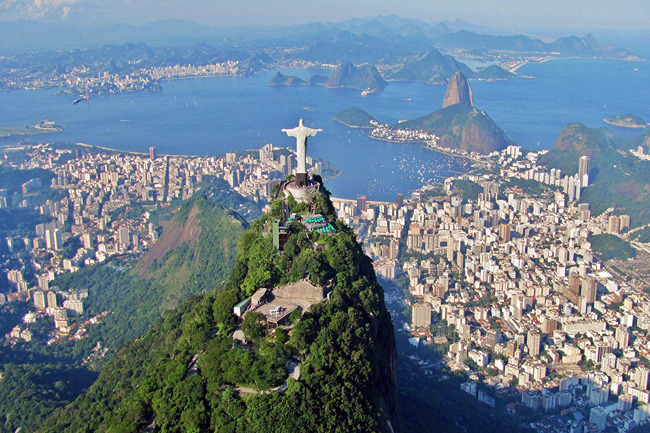
A short drive from the heart of Rio de Janeiro lies the first park created by the State Government of Rio de Janeiro – Desengano State Park. The mountain range that separates the park from the vibrant lights that dazzle suburban Rio, showcases how effortless darkness can be in a natural setting. It’s no wonder “astro-tourists” are drawn to this location year round.
While trekking this certified Dark Sky Park, the Milky Way galaxy is clearly visible from every trail. For those seeking a guide to the stars, the park headquarters hosts public night observation sessions led by astronomers, where visitors can explore constellations like the Southern Cross, Scorpio, and Centaurus using telescopes and laser pointers.
Taipei, Taiwan 🇹🇼
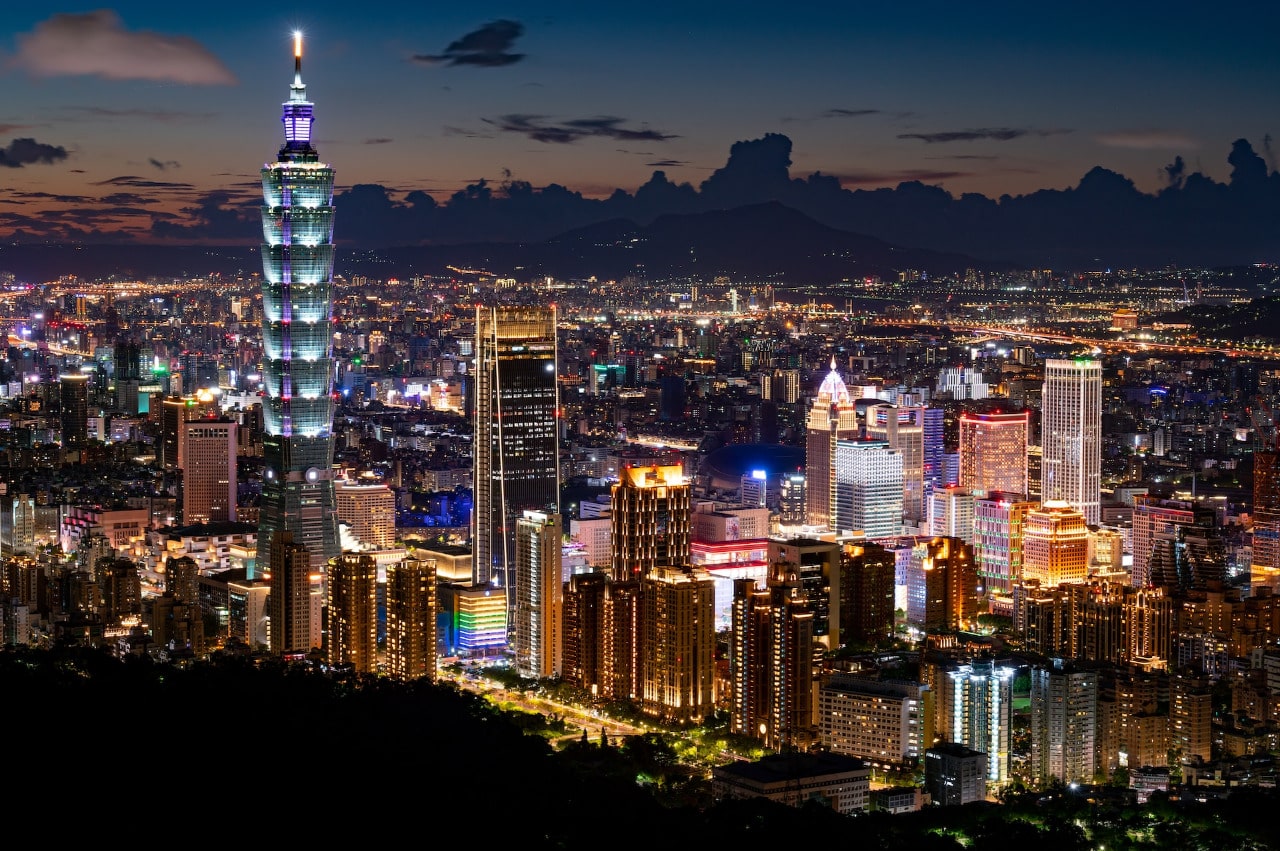
Despite Taiwan being one of the most densely populated islands in the world, it boasts an acclaimed International Dark Sky Park not far from its major metropolitan areas. Hehuan Mountain (also called Joy Mountain) is situated in Taroko National Park in the central mountain range of Taiwan. This unique star gazing location stands on a towering 3,416-meter-high (11,207 ft) mountain in Central Taiwan.
It is this high elevation and remote location shielded by mountains that creates a natural sanctuary away from light pollution. With its pristine dark skies, high altitude, and commitment to preserving the natural night environment, Hehuan Mountain offers stargazers a truly exceptional experience to witness the wonders of the cosmos in all their glory.
Cologne, Germany 🇩🇪

Cologne, Germany is one of many major cities not far from Eifel National Park. In fact, nearly 20 million people live within two hours of Eifel by car or train. Despite this population density and the artificial light that comes with it, the park’s remote location and strict lighting regulations ensure that the night sky remains unspoiled for star lovers.
Spanning an area of approximately 110 square kilometers, Eifel National Park straddles the borders of Germany, Belgium, and the Netherlands, attracting visitors from far and wide. After all, Eifel National Park is one of the few locations near a population center in all of Western Europe where visitors can witness the awe-inspiring beauty of the Milky Way galaxy with the naked eye.
For those seeking to escape their disdain for light pollution and immerse themselves in the awe-inspiring beauty of the night sky, these dark sky sanctuaries offer a chance to reconnect with the cosmos and experience the wonders of the universe.
![]() to get Pinpoint Where
to get Pinpoint Where Download it from the iOS App Store